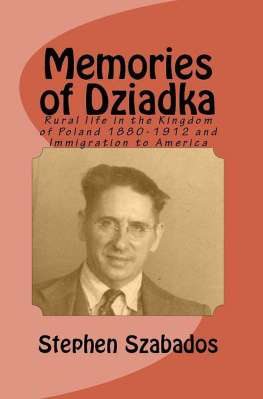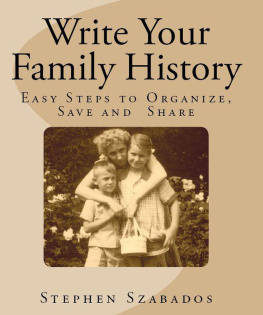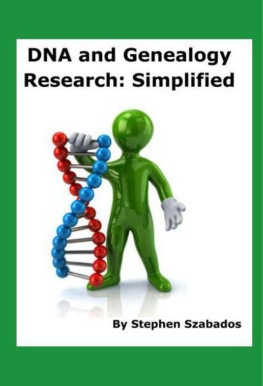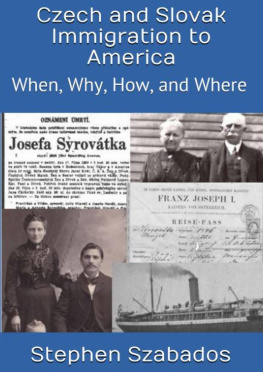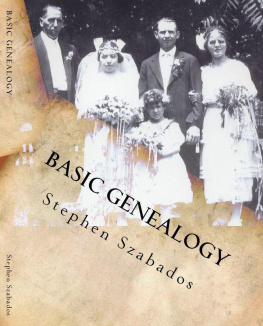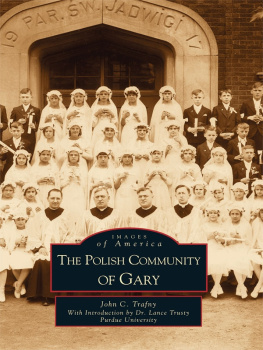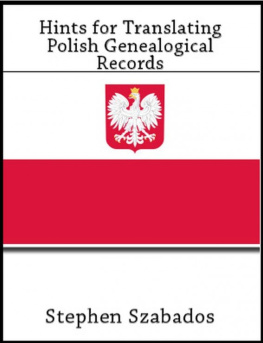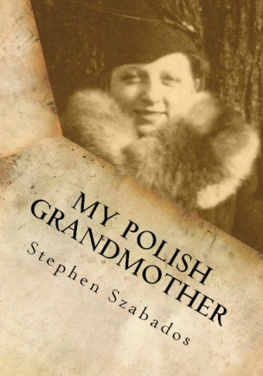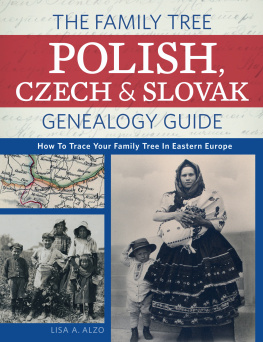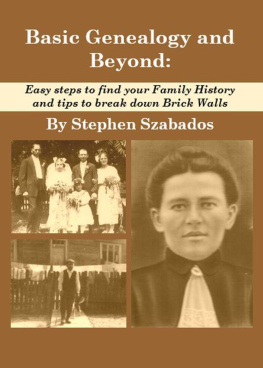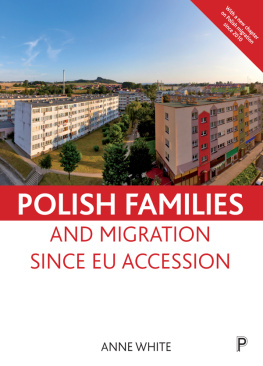Polish Immigration to America
Stephen Szabados
Published by Stephen Szabados, 2020.
While every precaution has been taken in the preparation of this book, the publisher assumes no responsibility for errors or omissions, or for damages resulting from the use of the information contained herein.
POLISH IMMIGRATION TO AMERICA
First edition. June 17, 2020.
Copyright 2020 Stephen Szabados.
ISBN: 978-1393936923
Written by Stephen Szabados.
10 9 8 7 6 5 4 3 2 1
W hen did your Polish ancestors immigrate, where did they leave, why did they leave, how did they get here? These are questions we all hope to find the answers. This book discusses the history of Polish immigration and gives some insights to possible answers to the questions about your ancestors' immigration. The material covers all three Polish partitions, and the material will hopefully clear up your confusion why your Polish ancestors listed that they were born in other countries on early U.S. documents.
Remember that each immigrant has a unique story and it is our challenge to dig out as many details as we can with our research. This search includes matching some of the reasons listed in this book and then including our family oral history that may add other facts.
My Polish grandparents came from neighboring parishes, but different circumstances caused their immigration.
My grandfather, Stefan, had ancestors who were nobility, but their lands were subdivided so many times that their farm could only support one family. His oldest brother Stanislaw would inherit the land. Stefan, his second brother, Boleslaw, and his sister, Maryanna, would have to leave once their father died. The area was a farming area with only a few factories, and jobs were scarce for Boleslaw and Stefan. Maryanna had to be married, and her father and oldest brother had to find a suitable husband for her. With poor economic conditions surrounding them, all of the Zuchowski children except Stanislaw immigrated between 1907 and 1912.
- Boleslaw immigrated in 1907, married a Polish woman in 1909, returned to Poland after WW I, and purchased a farm with the money he had earned in America.
- Maryanna immigrated in 1910, married a Polish coal miner in 1911, returned to Poland in 1921, and then immigrated to the United States again in 1965.
- Stefan immigrated in 1912, worked as a coal miner before he enlisted in the U.S. Army in 1918, was naturalized in 1918 while in the army and fought in France in 1918. After the war, he was hired by the railroad to work in their repair shops; he married my grandmother in 1923, and they had three children, he retired from the railroad in 1949.
My grandmother, Anna, came from the same area as Stefan and also had ancestors who were nobles. Her family farm was also very small and could only support one family. However, her life in Poland and immigration story is different from Stefan.
Anna was the youngest daughter and very small physically. However, the small Polish grandmother that I knew was always in command when she was in the room. My research of her life in Poland and early life in America shows why her character was so strong.
- Her father and three of her brothers died when Anna was very young.
- During WWI, she was homeless, experienced starvation and sickness.
- Her grandfather, mother, and oldest brother died during the war.
- She could not find a suitable husband in Poland, and she immigrated to a brother in America in 1921. However, her brother wanted to return to Poland, and he arranged a marriage for Anna to my grandfather in 1923.
- Anna met my grandfather only once before the marriage, and they married in a city where Anna had no friends and was 900 miles away from her brother who did not attend.
Somehow, Anna overcame these challenges and found the strength to build a new family without the support of any her of Polish family being near. I believe that she gained her strength from the tragedy of her early life in Poland and the challenges she overcame to start her new life in America. She worked hard each day but still had time to be happy from her garden and her family. Her strength of character had a significant influence on me.
Our immigrant ancestors are the foundation of our roots in the United States. Our lives would be much different if they did not endure the challenges of emigration from Poland. Do not underestimate their contributions. They may have left us some material wealth, but the most important contribution they left is their descendants and their role in the factories and farms of the United States. Their lives were building blocks in the growth of their new country.
This book also presents brief histories of most of the ports used by Polish immigrants for departure from Europe and the ports where they arrived. Each port has a unique history, and hopefully, you may be able to see why your ancestor arrived at the port that they did. Also covered are details of life in steerage during the voyage and the process of examination of the immigrants to gain admittance to the United States. The voyage and arrival process was a tremendous challenge to our ancestors and understanding what our ancestors overcame, should give more insight and respect for their lives.
CHAPTER One Emigration from Poland When and Why they left
C an you believe that Polish craftsmen were at Jamestown in 1608?
Polish workmen were among the craftsmen who were recruited to produce materials such as glass needed to build the Jamestown colony and to manufacture tar and resins needed to repair the ships.
A book written by Zbigniew Stefanski offered some fascinating information about Polish craftsmen who were part of the early Jamestown settlement. Stefanski's book was titled "Pamietnik Handlowca" (A Merchant's Memoir) It was published in Amsterdam in 1624. A copy of the book was found in war-torn France and was offered for sale in 1947 to Mieczyslaw Haiman. He was the director of the Polish Museum in Chicago. However, Mr. Haiman could not raise the asking price of $5000. Unfortunately, the copy of the book then disappeared and had since not been found. Arthur Waldo published information from fragments that had been dictated by Mr. Haiman from his memory of what he had seen in the book. This fact and then the death of Mieczyslaw Haiman in 1949 make it difficult to verify Waldo's information.
Although Stefanski's book has been lost, other documents mention the Polish craftsmen. I found the following facts about the Polish workmen from these other documents:
- The Polish workman first arrived in America in October 1608 on the ship Mary and Margaret. They were Michal Lowicki a merchant, Zbigniew Stefanski a glass blower, Jan Mala a soap maker, Stanislaw Sadowski a water-mill builder and Jan Bogdan, a shipwright. The London Company hired them to created glass, pitch, and potash that were the first exports of Jamestown colony.


